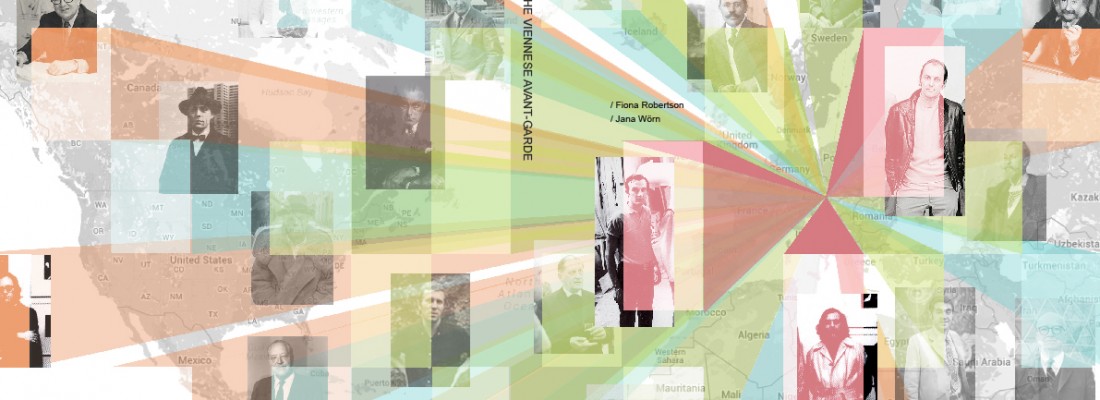
Our initial forays on the subject, “Alles ist Architektur, the role of the body in the Viennese Avant-garde of the 1960s and 70s” led us in a slightly different direction to what we had first imagined. Our investigations have focused in on the contacts and social network created and maintained by the group, so instead of looking at the role of the body in the theoretical sense, we looked at the way in which the physical bodies of the avant-garde group travelled, who they met, corresponded or collaborated with and how they communicated.
We identified Hans Hollein as the key figure of the period, alongside with Walter Pichler and Raimund Abraham, looking at their influences and background, and then their subsequent influence on others (which is still remarkably ongoing today). We researched the forms of media used, such as exhibitions, catalogues, magazines and conferences and evaluated the criticism of media, the absence of certain types and the ways in which media was experimented with.
The role that emerging media and communications played was a significant one, and as such the research took an exploratory dive into the work and theories of Marshall McLuhan, in his seminal work “Understanding Media” in 1964, and subsequent “Global Village” in 1995. His theories formed the basis of our understanding of globalisation, a term that was coined in the 1960s around the time of McLuhan’s work being published. He analysed all media and mediums in a broad sense, to investigate how society and individuals were influenced and affected. According to McLuhan, the invention and rapid development of telecommunications would soon mean that the world will shrink to the size of a village.
